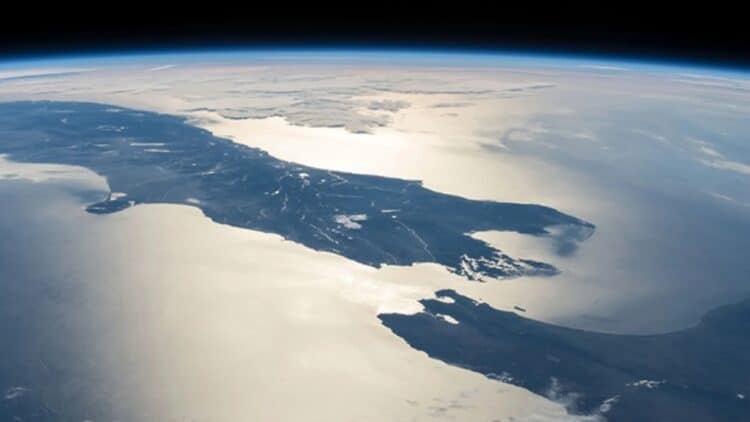Remember how we were all taught there are seven continents? Africa, the Americas, Europe, Asia, Oceania, and Antarctica. That’s just how the world worked — or so we thought. What if we told you now that we have just lost one of them and that we only have 6 remaining? Well, it would almost be “chaos”, everything we learned changing overnight… but that is what a recent study has shown through new studies, perhaps the way we see the continents is outdated.
A new way to see our maps and conceptualize Earth’s continents
A recent study from Gondwana Research is flipping the script on how we define continents. According to them, the rules we’ve been using are a bit outdated, especially when you bring tectonic activity and real geological structures into the mix. Okay, so what do these researchers propose? Well, their new theory is based on a reinterpretation of the North Atlantic tectonic plate.
In other words, the focus of the research is the region between North America and Europe, the two continents that are (supposedly) separated by the Atlantic Ocean. If we consider the traditional theory, these two landmasses would have separated with the advance of the mid-Atlantic ridge, an underwater rift that gave rise to formations such as Iceland, but some refute this information…
The team believes the split never really happened, at least not fully. According to them, the North American and Eurasian plates are still hanging on, even if drifting slowly apart. And Iceland? It’s not just a volcanic island. It might be the bridge holding the two sides together.
“The North American and Eurasian tectonic plates have not yet truly separated, as is traditionally believed to have happened 52 million years ago”, said Dr Jordan Phethean of the University of Derby.
The structure that connects the lost continent and how it relates to modern maps
Well, if Europe and North America are still geologically connected, they shouldn’t be classified as two separate continents, right? Therefore, the “lost” continent would be Europe, which can now be reclassified as part of a single continental supermass along with North America.
To prove this idea, the team that carried out the research identified an underwater structure called the Greenland Iceland Faroes Ridge (GIFR), which connects Greenland, Iceland, and the Faroe Islands (just as two continents are connected by a mega photovoltaic cable). This oceanic elevation has fragments of the American and European continental crusts, indicating an ancient and persistent geological connection. Dr. Jordan Phethean explains that:
“It is controversial to suggest that the GIFR contains a large amount of continental crust and that the European and North American tectonic plates may not have officially broken apart yet”
And here’s the kicker: this might not be an isolated case. The researchers also found signs of a mini-continent hidden between Canada and Greenland: more proof that the Earth’s crust is still shifting and reshaping itself, even today.
What does this “lost” continent mean for the future?
Honestly, it’s a big deal. It messes with everything, from how we draw our maps to how we teach kids about the world. If this all checks out, geography textbooks might need a serious rewrite. If all of this is confirmed, we will need to undergo a reformulation in the teaching (and how we read the maps so far).
And beyond the theory, understanding the connection between North America and Europe could help us better predict earthquakes, find hidden resources, or even grasp why the ground is tearing apart in certain places… We may be able to understand, for example, why this continent is splitting into two and forming a large rift.


